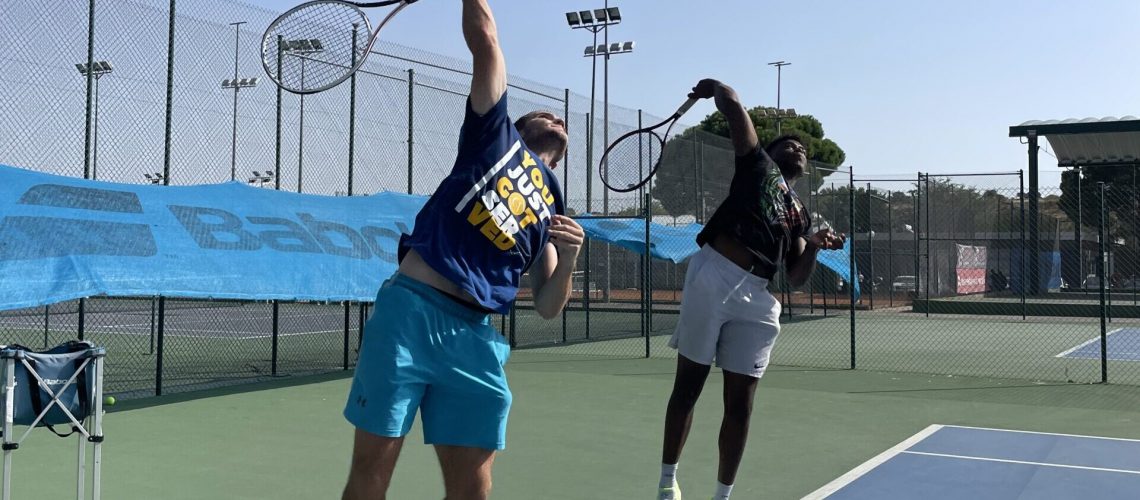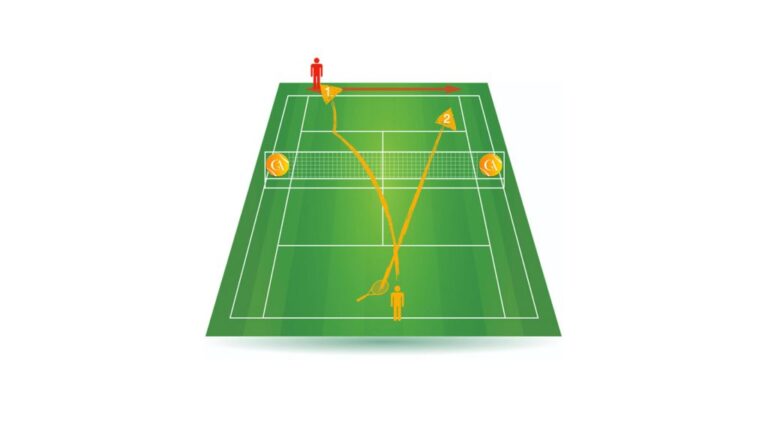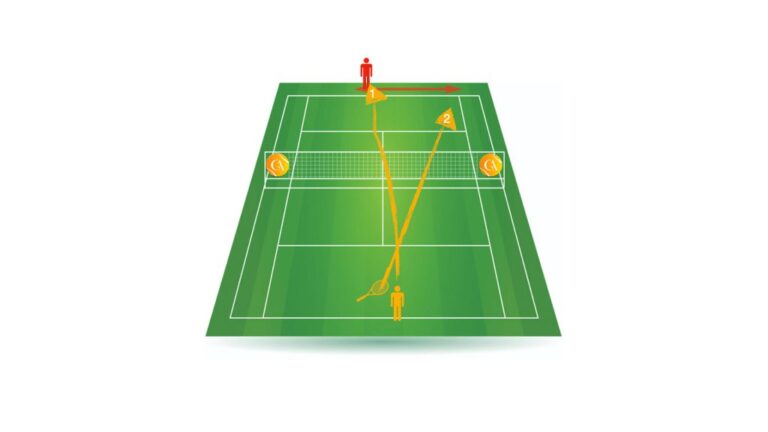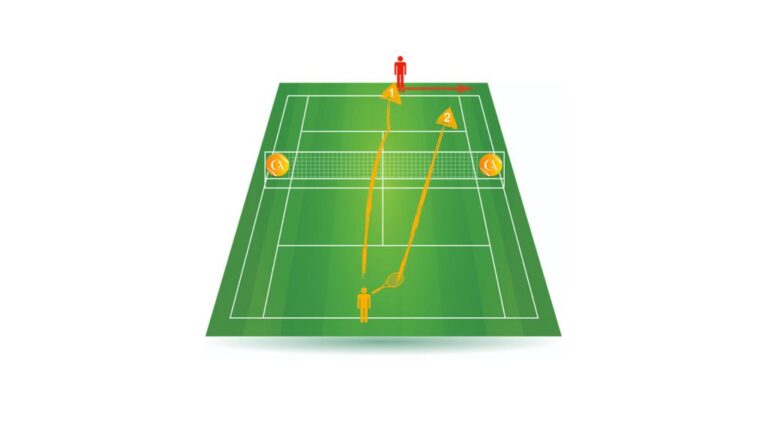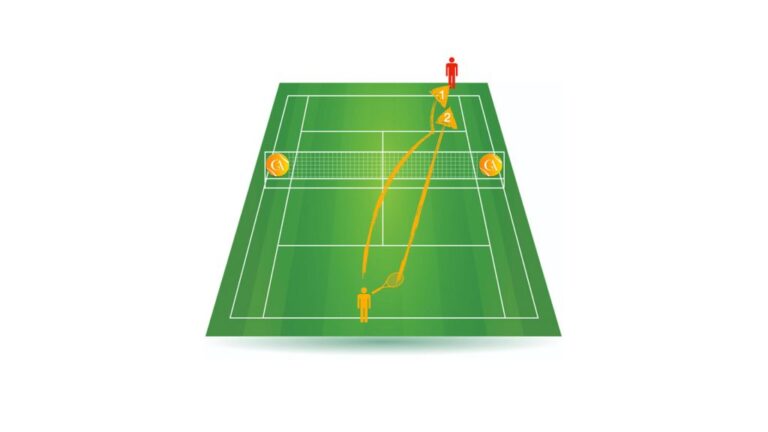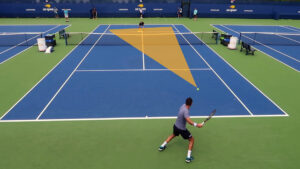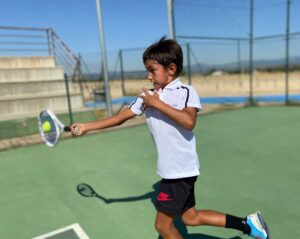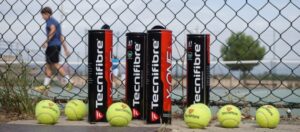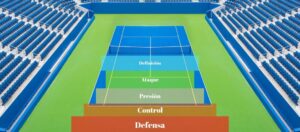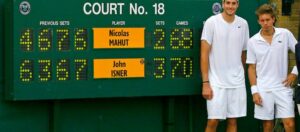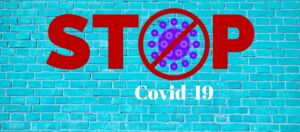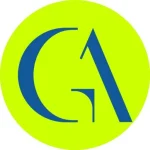We all know that the serve is one of the most important shots in tennis, but we don’t always place it properly during practice. The serve is the first shot that opens the game but most of the time we work it serving buckets at the end of the training. We usually do a lot of tactical work on the baseline, but rarely link it to the serve. Thinking of game patterns as Serve plus One opens up the possibility of seeing certain important details to take into account.
The advantages of Serve Plus One
Having a plan, an outline gives us emotional security. At the moment that we prepare to serve, if we know what we are going to do, it will give us the feeling of order and with it the emotional tranquility. In addition to this important aspect, the work of the patterns of Serve Plus One will provide us with the following advantages:
- We create greater awareness of the placement of the ball in the serve. We begin to see the service box with its multiple angle possibilities.
- We pay attention to the footwork and the recovery from the serve. We optimize the preparation for the next shot. That is important since it is very different from recovery between groundstrokes.
- We visualize patterns of 2 shots before starting the point. We start the points having a higher order.
- We look for initiative and set up to hit forehand for the shot that follows the serve.
- And finally we simplify the beginning of the point for us, complicating the response of the opponent, the best scenario we could imagine on the tennis court.

Instead of going into complicated schemes, we are going to define several simple and easy to follow concepts. The work is mainly based on preparing the point with the serve and looking for the forehand on the next shot. The better the selection and placement of the serve, the greater opportunity you have to make the next shot from your dominant side.

The directions of the Serve
The first thing to keep in mind are the directions you can choose when serving. We are not going to go into details of the spins and their variety and only will define 3 directions:
- Open serve
- Body serve
- T serve
With these 3 variants, we are going to open the point and prepare the play. Of course, you must previously have the ability to find that placement in the serve, which you must work separately.
The situations that we are going to achieve with these 3 directions of service are the following:
- Open – We take the opponent off the court and create the gap to attack.
- Body – We create an awkward situation for the opponent and we try to unbalance him in the shot.
- T – We remove the opponent’s hitting angle and maximize our ability to do damage from the serve (in another article we will talk about the directions of the serve and its advantages).
The patterns of Serve plus One
With those 3 directions, and considering that we have created a good situation to look for the next shot with our forehand from the center of the court, we are going to choose the following possibilities of Plus One.
Open serve + Attack on the gap (another side)
It is a very simple move that we surely use many times on the court, but perhaps we did not dedicate enough time to practice it. With this move we want to get the opponent out of the lateral line and create the gap on the other side of the court. The serve will normally take some effect (slice or kick, depending on the side) to save the net which is higher in this direction and open the angle. The best scenario would be a return in the center where you can look for a forehand, playing at chest / shoulder height and putting your body in the shot.
One of the important aspects in this pattern is to take into account the Time, since it is what you are going to do a damage with. By gaining time, you leave your opponent less chance to recover and cover the court. So you must find a live, raising ball to change to the other side.
There is another possibility in this pattern, that is to wrong foot yor opponent. As always, in this type of stroke, you play over time differently. There you no longer try to shorten the time, but you give him a break to start the recovery and thus leave the court open to attack. Wrong foot shots will make more sense if the return comes crosscourt, where you would have a greater cross angle and switching to down the line could carry more risk.
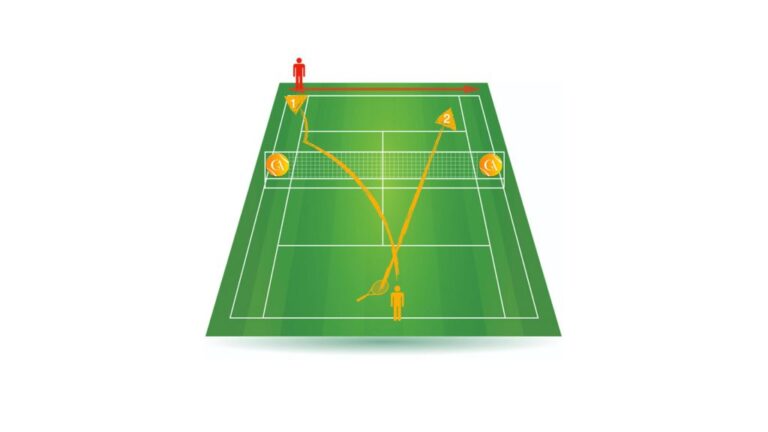
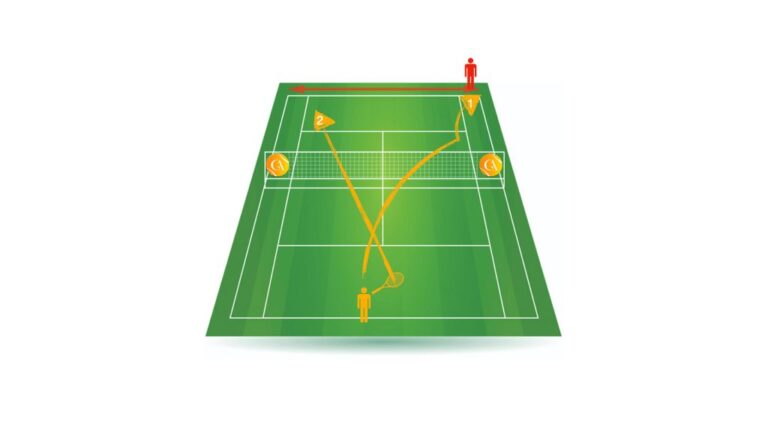
Body or T Serve + Pressure on the weak side
In both circumstances, serving the body or the T, the opponent will be hitting the ball closer to the center, so you will not have many gaps to seek on the court. With serve to the body, you will have removed the balance and with serve to the T you will have removed the angles from the opponent. In both circumstances, most of the returns will come to the middle, so you should try to set up for your forehand and start the point by attacking the opponent’s weak side. Starting the point with your forehand dominating his/her weak side will increase your chances of winning the point and that is what we are trying to achieve with these patterns.
Conclusion
As I said at the beginning, creating simple sequences of plays and having them very clear, increases your effectiveness on the court. Working them in practice you will start the points by having a plan, a scheme, and also you will train in a smarter way. This is why I advise you to spend some time working on these patterns and try using them in matches. Below is the short summary of the article:
- Open serve – attack the gap / wrong foot choice open.
- Body/ T serve – put pressure on the weak side of the opponent.
You might also like: Effectiveness of a Server.



